Someone told me recently that gaming lingo is becoming a little too dense, which makes it a bit inaccessible to newer folks. I dunno if I agree with that; classifying games is perfectly simple! Take Hollow Knight for example, it’s a Metroidvania adventure with lite Souls-like elements and- hmm. Okay, maybe it is a bit dense. Not to worry, we’ll just break it down on a game-by-game basis. Here are some games similar to Hollow Knight.
So, there are a few distinctive elements that Hollow Knight kind of Frankensteins together to make its own experience:
- It’s a Metroidvania, which means it’s a large-scale platforming adventure with a map that separates areas into distinct sectors.
- It’s got Souls elements, specifically the fact that when you die, you drop a shadow with all of your money, and you don’t have as much energy to heal and attack unless you get it back.
- It’s really hard. Many of the bosses require multiple attempts to get their patterns down, and the same goes for some of the platforming sections.
Those are some pretty straightforward qualifiers, so here’s a selection of games similar to Hollow Knight that make use of one or more of those elements in a similar fashion.
Games Similar To Hollow Knight
- Ender Lilies: Quietus of the Knights
- Bloodstained: Ritual of the Night
- Metroid Dread
- Ori and the Blind Forest
- Axiom Verge
- Hyper Light Drifter
- Dead Cells
Ender Lilies: Quietus of the Knights
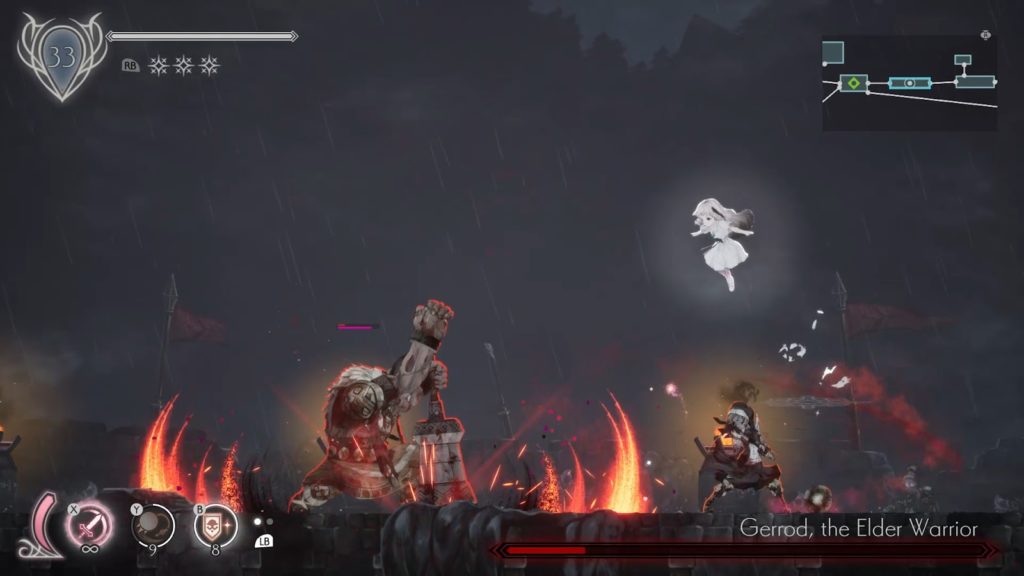
A wise man once said that when it comes to creating memorable games, you can’t go wrong with an innocent child trying to survive in a big, scary world. Ender Lilies: Quietus of the Knights is that to a tee, placing you in the role of the young priestess Lily as she attempts to cleanse the kingdom of an all-consuming Blight, enlisting the spirits of fallen knights and citizens as her allies. It’s super tough, and it’s a Metroidvania, though there’s no Soul retrieval mechanic, so you can run headlong into danger as many times as you like.
Bloodstained: Ritual of the Night
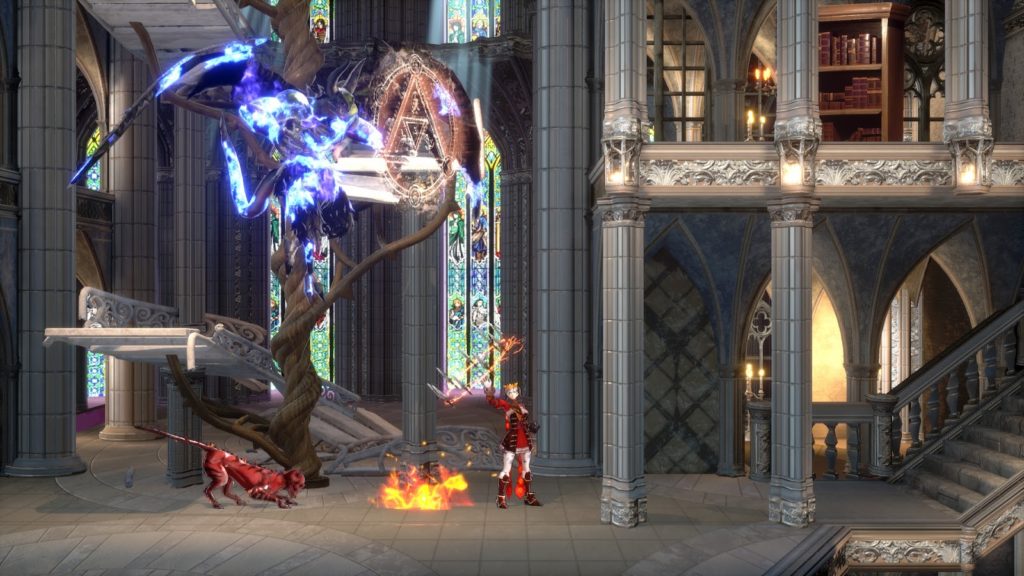
Naturally, we can’t talk Metroidvania games without the -vania part, though with Konami being… Konami, we don’t really have any newer Castlevania games to recommend. As such, let’s look instead to the father of the modern Castlevania paradigm, and his personal creation, Bloodstained: Ritual of the Night. Bloodstained uses the same massive map and armor system as its spiritual predecessor, as well as a spellcasting system where every single enemy type in the game drops a unique usable ability.
Metroid Dread
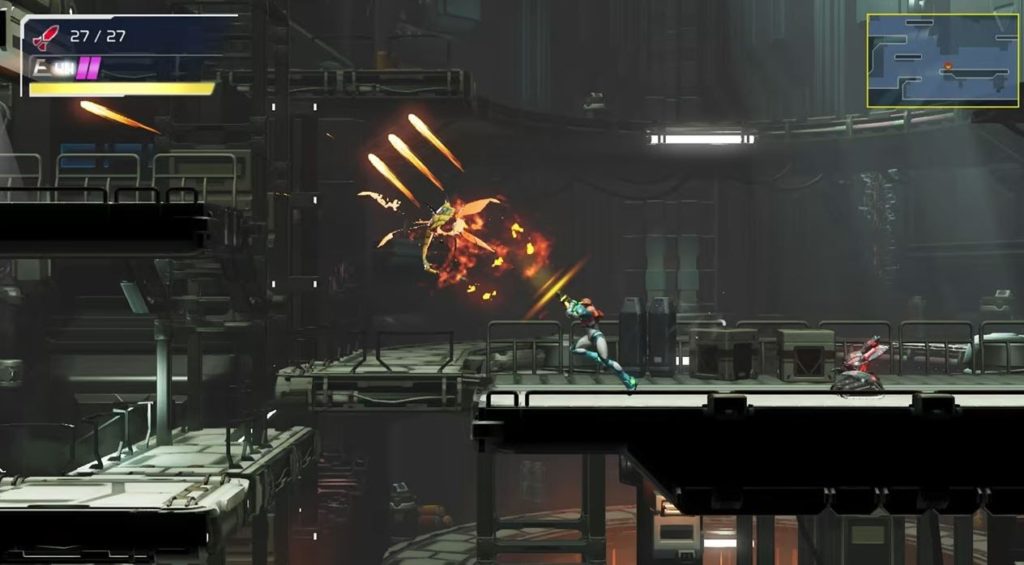
We’ve got the -vania, but we can’t forget the Metroid, and as it so happens, right now’s a good time for Metroid, as last year the series got its first brand new entry in quite a while. Metroid Dread is a bit of a lighter Metroidvania game, encouraging quick learning and speedrunning. Compared to the likes of Hollow Knight, just beating the game isn’t that difficult, but the real challenge is beating it quickly and concisely.
Ori and the Blind Forest

Besides its gameplay elements, a major draw to Hollow Knight is its story setting and world design, which combine to tell a somber tale of a derelict kingdom. On the flip-side, Ori and the Blind Forest uses a similar paradigm of an open world and high difficulty (especially in the platforming department) to tell a much more vibrant story of a lush, spirit-filled forest. There’s a bit less emphasis on combat, trading instead for precision jumps and high-energy set pieces, such as having to quickly climb a tower while danger encroaches from beneath.
Axiom Verge

How about we flip the script a bit here? Rather than difficulty coming from gameplay like in Hollow Knight, Axiom Verge’s difficulty comes from its world. Many of your abilities in this game require you to deliberately glitch and distort the world around you, corrupting terrain and phasing through walls. As such, Axiom Verge requires a particular kind of four-dimensional thinking to navigate in a timely fashion.
Hyper Light Drifter
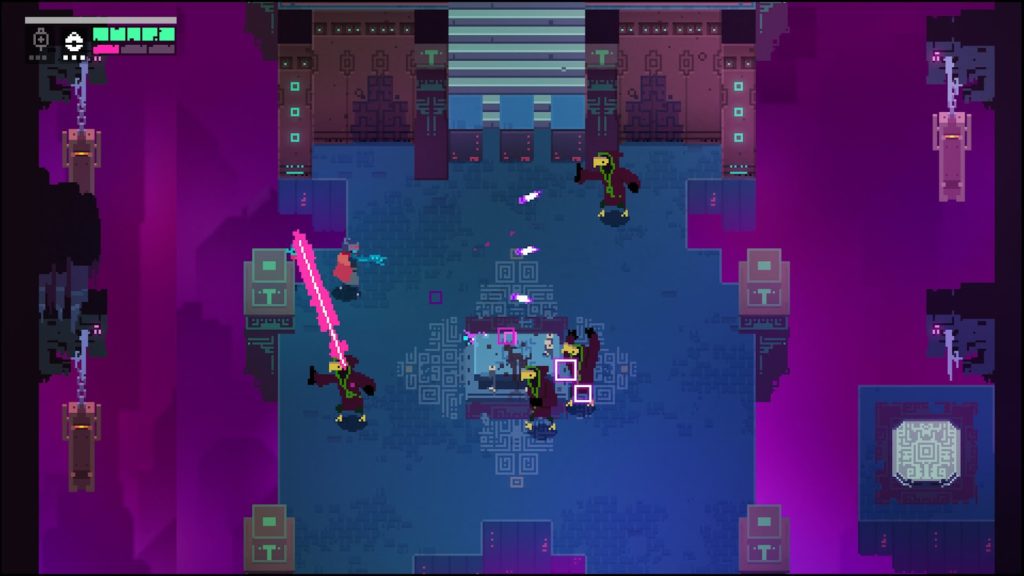
Who says a difficult Metroidvania game has to be a sidescroller? Hyper Light Drifter sure ain’t. This game opts for a top-down view, kind of like Diablo, though it has just as much emphasis on pixel-perfect dodging and countering as Hollow Knight does. There are secrets hidden all over the place and new abilities to obtain, except the map scrolls in all directions instead of just left and right. Don’t worry, there’s a fast travel system. It also manages to tell an impressively minimalistic story with no visual or audible dialogue, merely small images, flashbacks, and subtle implications.
Dead Cells
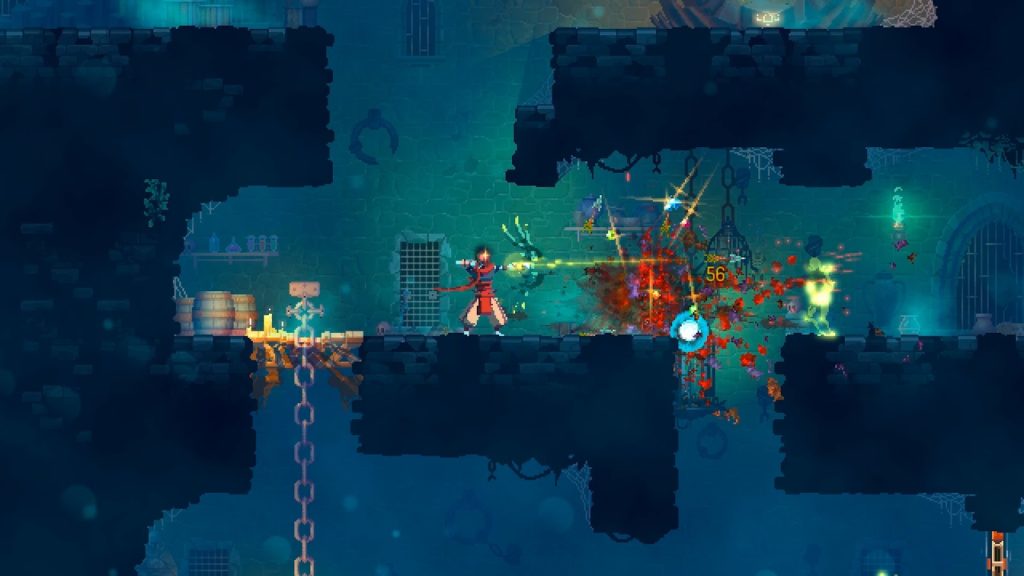
For those who are fans of the speedrunning aspect of Metroidvania games, and are accustomed to Hollow Knight’s level of difficulty, the only way to keep things interesting is to mix it up every time. Dead Cells applies the roguelite paradigm to a high-speed Metroidvania design; in each run, you build up your character’s capabilities, not unlike finding new abilities in Hollow Knight, and navigating the world to uncover secrets. The obvious difference is that the layout is completely reset every time you die (and you will), so it’s less about memorizing layouts and more about getting mechanics down cold, as well as fudging probability in your favor where possible.


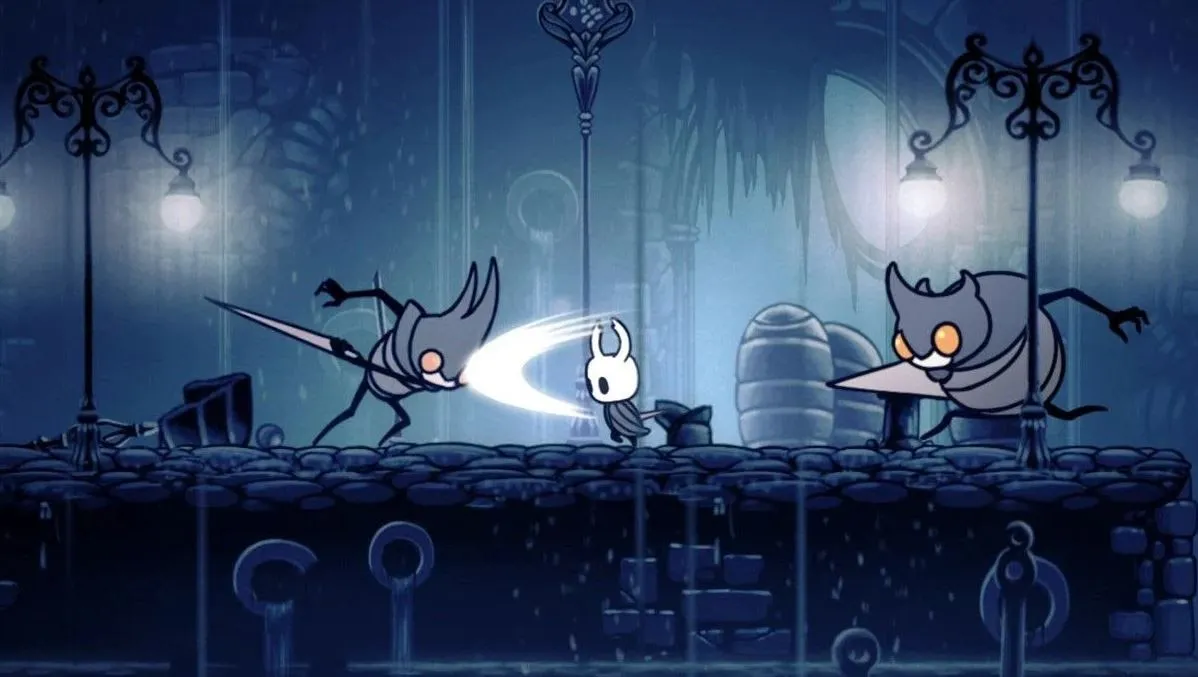

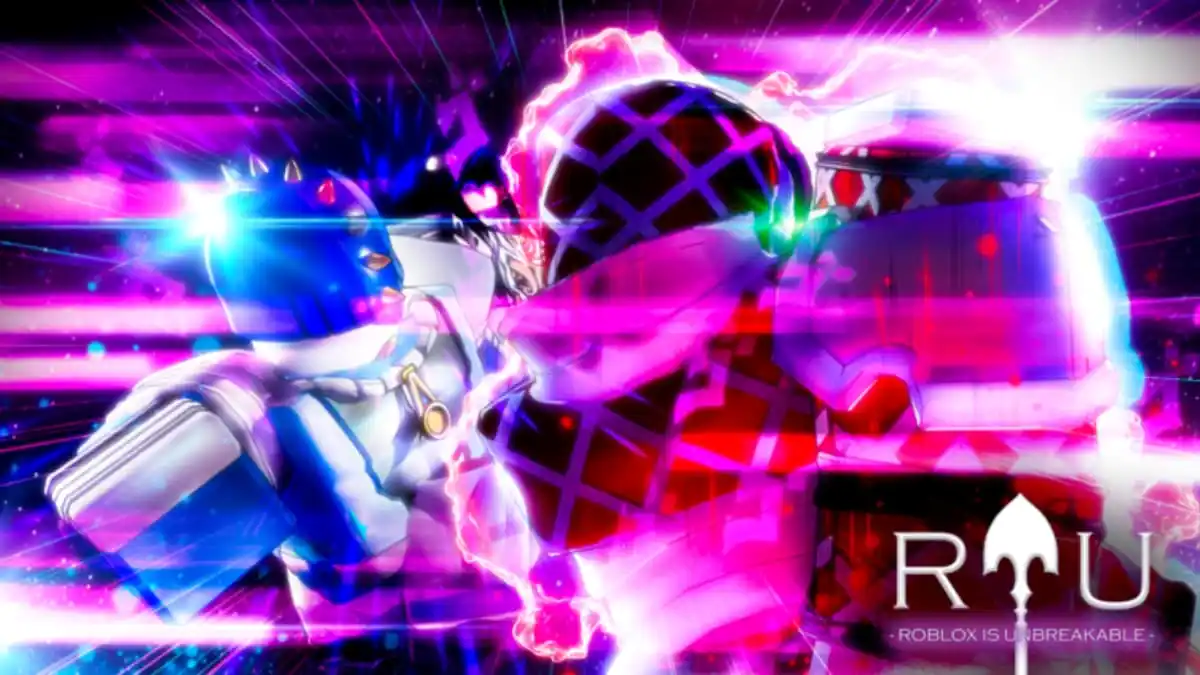
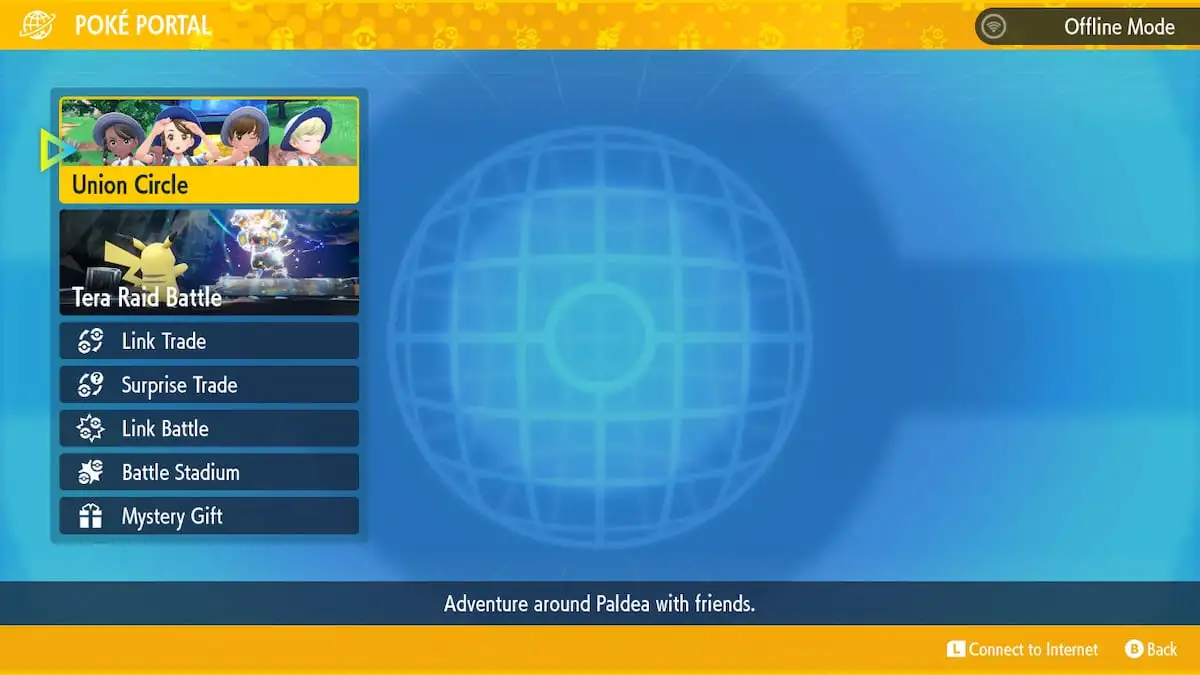
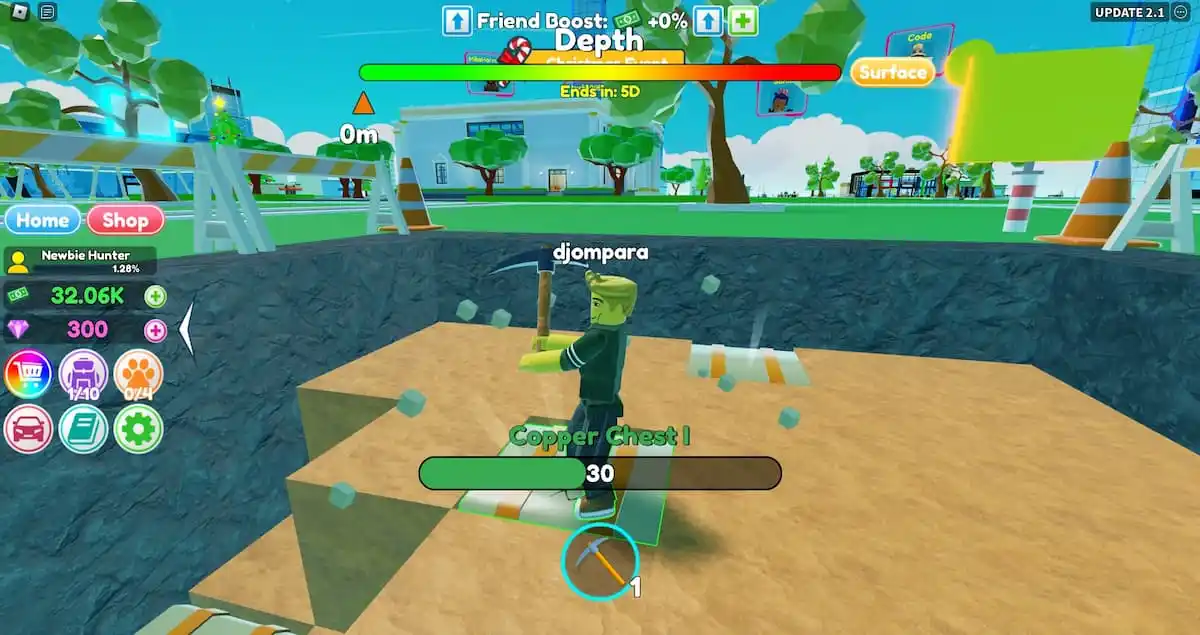
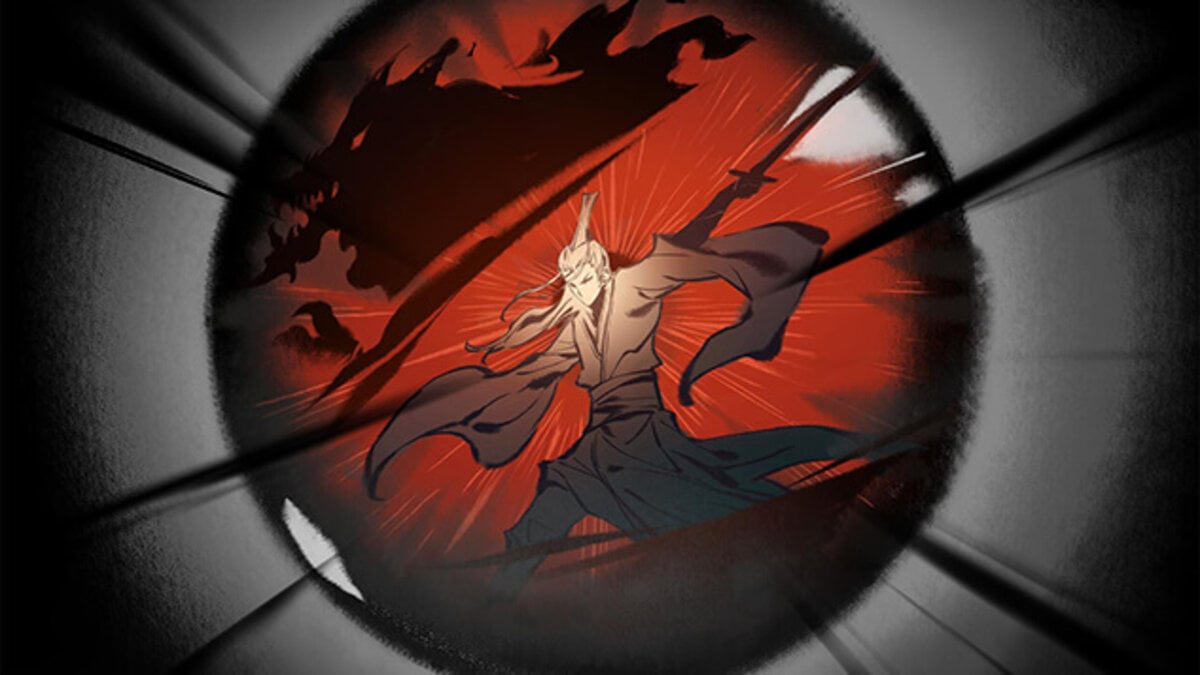
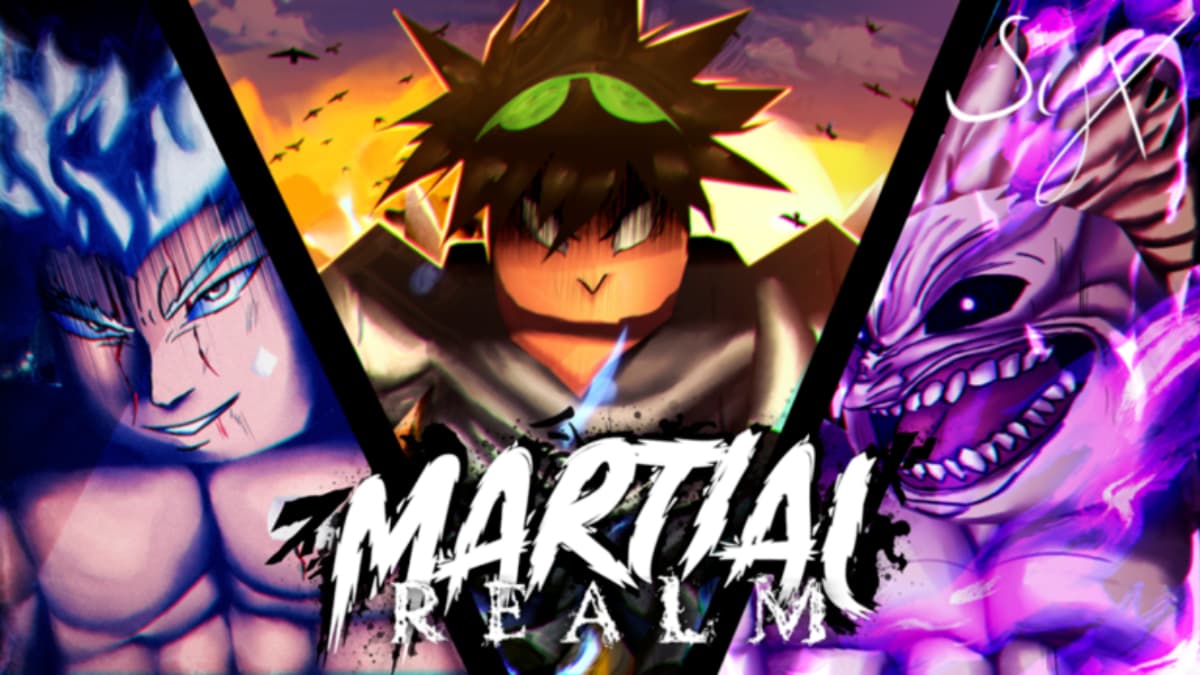

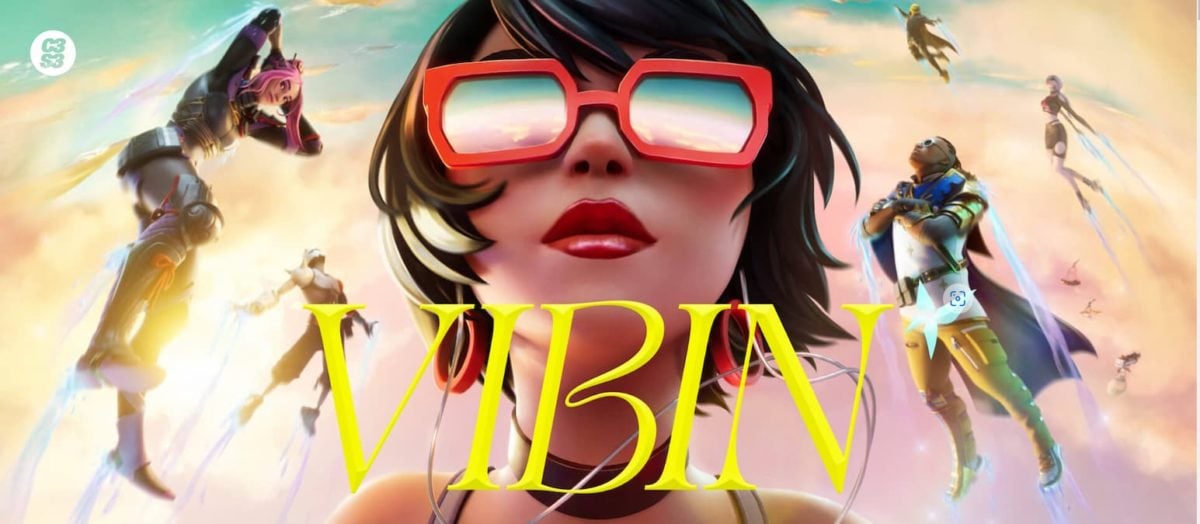

Published: Jan 11, 2022 07:55 pm